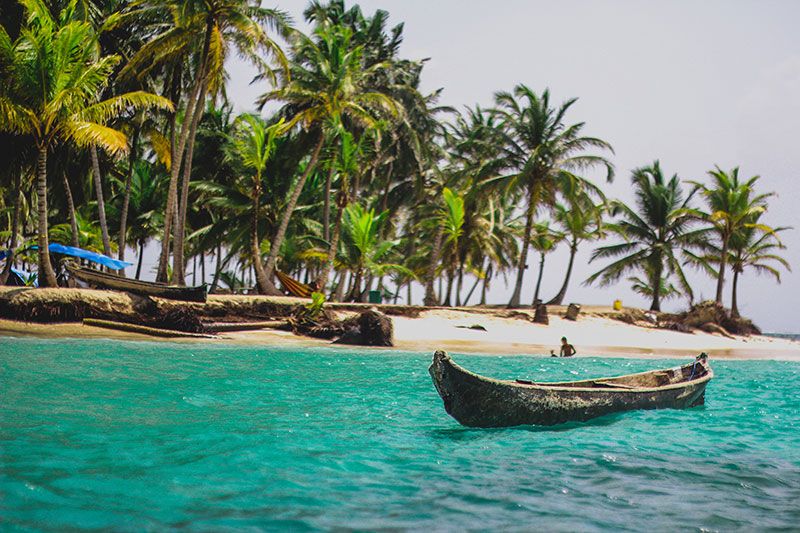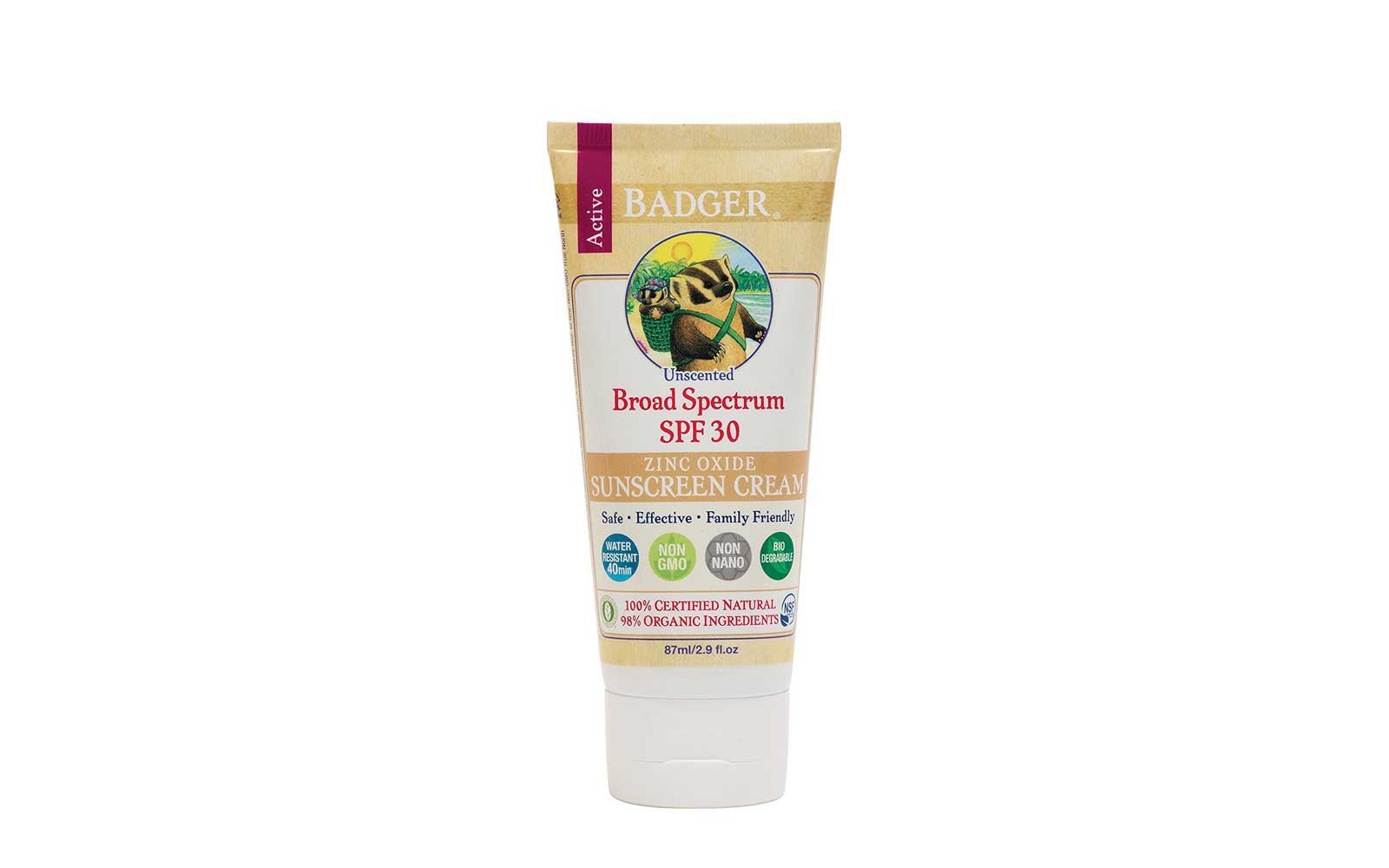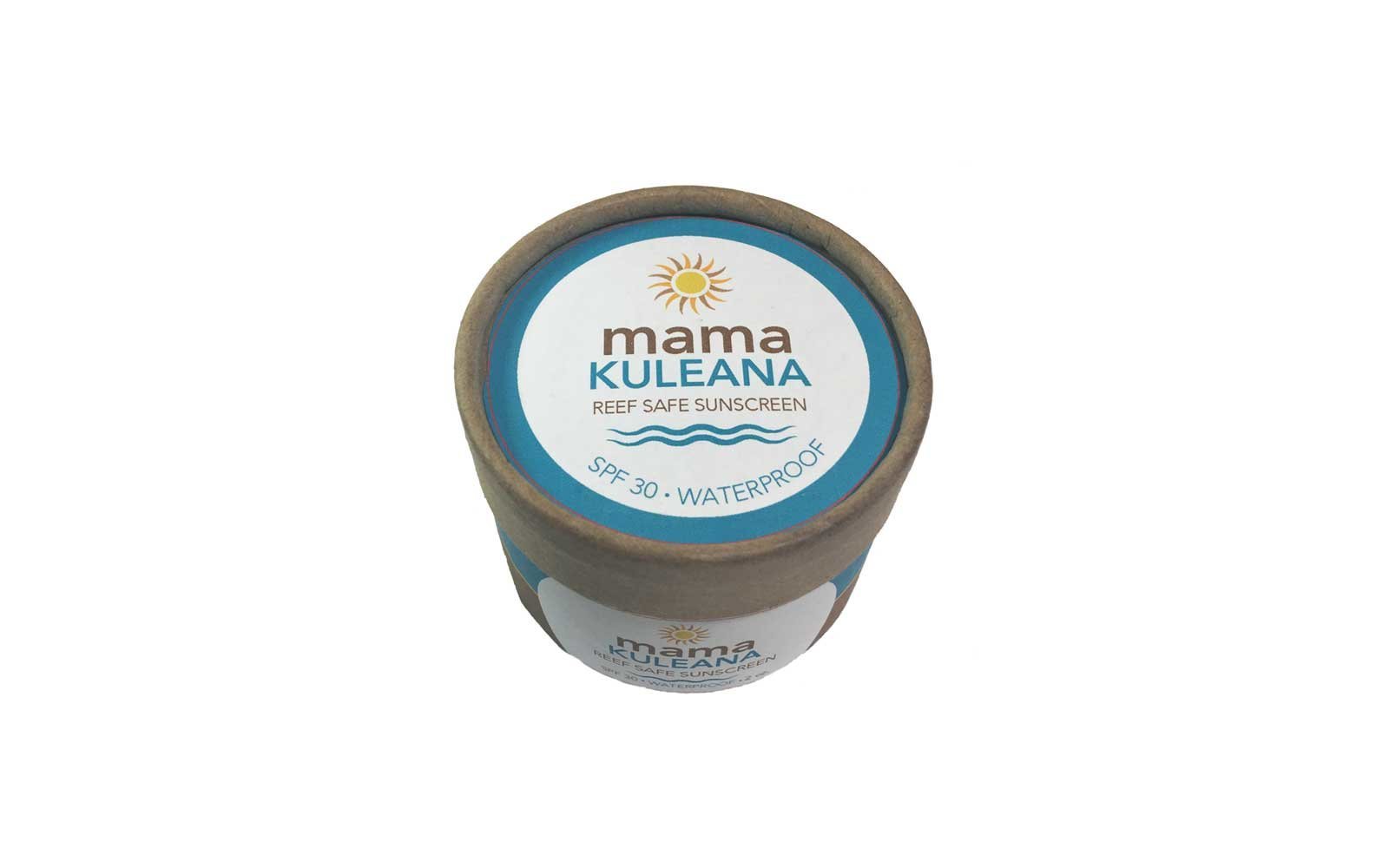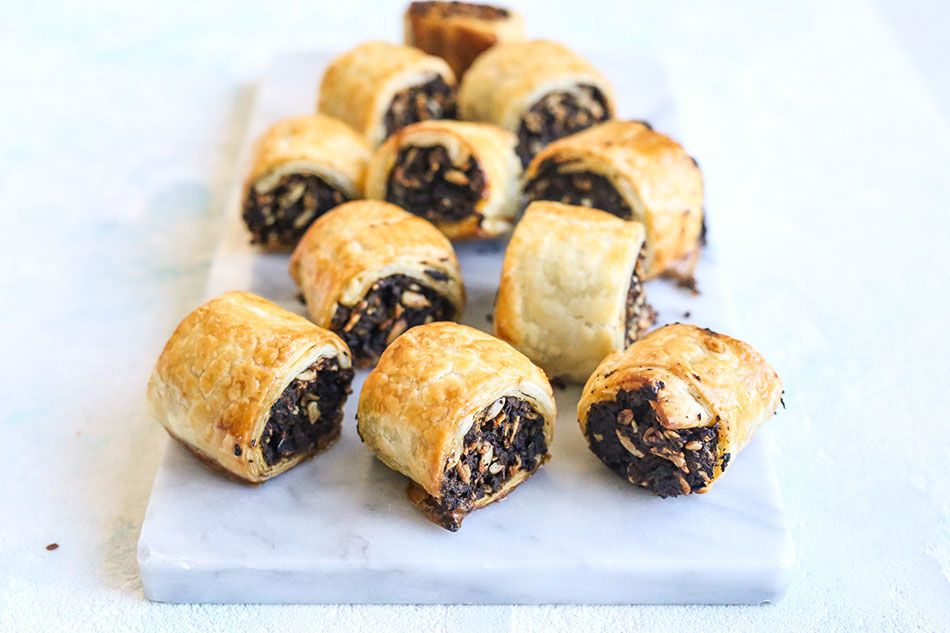San Blas Islands are part of Panama and it is an archipelago with around 370 islands and small sandy islands part of coral reefs. Only 49 of them are inhabited and mostly by the local Kuna Indians.
It is easy to get to.
The San Blas Islands are located in the Northwest of Panama, which borders Colombia in the East and Costa Rica in the West. You can fly from Panama straight into the San Blas Islands or you can take a boat from either Cartagena or Capurganá.
The San Blas Islands are remote but don’t feel overwhelmed by getting here.
If you don’t want to cross the jungle or open waters of the Caribbean Sea you can use a plane to get to San Blas. You can book flights at Air Panama or Aeroperlas, but make sure you book in advance.

Photo credit: Unsplash
Discover the pristine and untouched archipelagos in the world
Most of these impressively pristine islands have few roads and even fewer people. Here you can discover many new species that are unknown to the science in some of those uninhabited islands. If you are searching for that desert island feel, San Blas is the perfect destination.

Snorkeling in San Blas Islands
San Blas is also known to have some of the best spots for snorkeling in the Caribbean of Central America. Many of the islands are ringed by healthy coral reefs and gorgeous water. The coral reef attracts many stunning species. The best time to go snorkeling is from June to October because the water visibility is better and there are fewer currents.

Photo credit: Markus Leupold-Löwenthal / Wikipedia
The Kuna People
The real name of San Blas is Kuna Yala – Land of the Kuna. The Cuna are famous for their bright molas, a colorful textile art form made with the techniques of appliqué and reverse appliqué.
About 50.000 Kuna’s live on the 49 major islands of San Blas and are controlled by their own community leader called a Sahila.

The ultimate relaxation in the Caribbean
The island is picture-perfect with lapping waves, swaying palm trees, and gentle breezes and no Wi-Fi or TVs. Evenings are leisurely, with everyone relaxing and enjoying the slow Caribbean pace.

The adventure
San Blas is an indigenous territory located northeast of Panama. Discover the San Blas Islands and relax in a typical rustic bungalow over water, hosted by a native Guna family. The San Blas Islands are popular with eco-tourists due to their pristine natural state.
Featured image photo credit: Marc Veraart / Flickr
Want to learn more about San Blas Panama? Check our other post about Essential Things to Know Before Visiting
San Blas Islands.
























